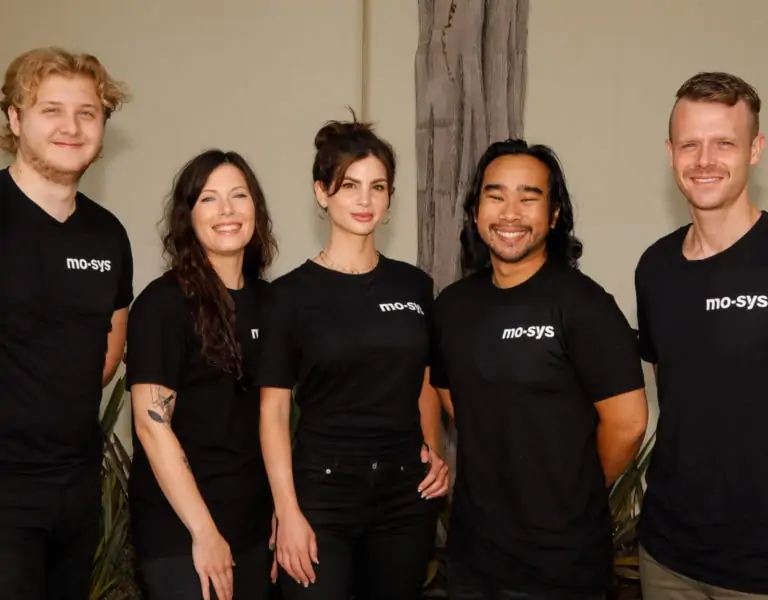SAFE ON SET
An expression frequently heard when people try to explain away bad behaviour in the past is “it was a different time”. The implication is that things like that do not happen today because “times have changed” and people now have more enlightened attitudes or just behave in a better way. Sadly, this is naive at best and completely fallacious at worst. Even sadder is that it was how people often thought about bullying, sexism, racism, homophobia, and sexual harassment – and worse – on film and TV sets: it was something that happened in the past but not in the 21st century.
The reality is that the ways of behaving some actors, directors, producers, and others in the business thought they could get away with because of their positions of power did not stay in the 1920s Hollywood Babylon as chronicled by Kenneth Anger or the 1980s Tinsel Town where the likes of Harvey Weinstein thought they could do what they liked. The Guardian newspaper revelations about actor-writer-director Noel Clarke and the shocking stories collected in the Instagram account set up by television producer-director Dawn Elrick, S*** Men in TV Have Said to Me, depressingly show otherwise.
That so many women were prepared to speak to The Guardian‘s reporters about Clarke – and so many more have contributed to Elrick’s Instagram – shows the extent of a long-engrained problem. There is also more to it than sexually predatory behaviour and sexism: bullying and intimation in film and TV is directed against both men and women. Trade associations, unions and other institutions have now organised campaigns and drawn up guidelines to deal with all forms of unacceptable conduct.
“We work in a highly informal industry,” comments John McVay, chief executive of independent producers association PACT. “One of the things we have to be careful about is how we get on with each other in a creative culture. What would have once been seen as people’s foibles or idiosyncrasies are now seen as unacceptable or abusive. And what was seen as fun is wrong.”
An example of what might have been considered fun by the perpetrator can be found in Kenneth Williams’ Diaries. On 4th August 1964, the actor-comedian was shooting Carry on Cleo at Pinewood Studios and wrote in his diary: “This Roman tunic I’m wearing in the film is really quite attractive. I continually lift it up and expose my **** and everything at the Unit [his capitalisation]. They’re all rather disgusted and laugh it off but quite a number of them have remarked ‘O! Kenny! Not again! – put it away…’ etc etc.”
Over 40 years later, John Barrowman exhibited much the same behaviour on the sets of Doctor Who and Torchwood. The actor apologised for his actions in 2008 and said this year that since then he has changed his “understanding and behaviour”. Noel Clarke, who described Barrowman’s ‘antics’ in a resurfaced video clip from a convention, has denied the serious allegations made against him by 20 women he had worked with but did apologise to anyone who “felt uncomfortable or disrespected”.
BAFTA was criticised for presenting Clarke with this year’s Outstanding British Contribution to Cinema award, even though it had been made aware of allegations against him beforehand. Following publication of the Guardian report, BAFTA withdrew the prize and suspended Clarke’s membership of the Academy. BAFTA has since worked with the BFI, PACT, entertainment unions and other organisations to produce “a practical workplace guide for the prevention of bullying, harassment and racism in the screen industries”.
In a foreword to the guidelines, the BFI and BAFTA acknowledge “the screen industries can be inconsistent in dealing with workplace culture” and that “processes are not always robust.” It goes on that while current guidance drawn up by arbitration service Acas “are invaluable for formalised industries with more defined organisational structures such as HR teams”, the film, games and television industries need further guidance.
A key difference between the two worlds is that workers in the media and creative fields are, as the foreword says, “often freelance, working on short-term contracts to different employers on-set, in production offices or in venues or cinemas.” John McVay at PACT describes the work by BAFTA, the BFI and others as “a coalition for change”, which will create “a new chapter” for people, including freelancers, who work in film and TV. He adds that heads of departments, including cinematographers, have to help create a safe environment for staff, where they feel they can highlight bad behaviour if it occurs.
Other organisations have also come up with recommendations or guidance for on-set behaviour. BECTU (Broadcasting, Entertainment, Communications and Theatre Union) initiated the UnseenOnScreen anti-bullying and harassment campaign, while broadcaster Sky issued its own safeguarding measures. These require a named Safeguarding Representative to “support production with information on policies and routes to report issues”; Mandatory Respect in the Workplace training for everyone working on a Sky production, including cast and crew; clear information on how to report concerns; and anonymous exit questionnaires “to give everyone finishing a production the opportunity to raise any concerns or provide any recommendations for the future”.
Another sensitive area in this debate is intimacy on set, particularly regarding nudity and sex scenes. These have been addressed by a number of professionals and groups in the film/TV business. Intimacy co-ordinator and founder of the Intimacy on Set consultancy Ita O’Brien drew up between 2016 and 2018 a best practice for working with intimate shots involving simulated sex scenes and nudity. This was implemented in the industry last year as the Intimacy on Set Guidelines.
In 2018, a UK version of the US Time’s Up movement, itself created in response to the #MeToo campaign by those who had suffered sexual assault and harassment in the American film and TV sectors, was formed by a group of women actors, writers, producers, and others. It is now campaigning not only for the workplace safety of women but also to redress the imbalance of power – with 80 to 90 percent of those in charge being male – that has been part of the problem in not addressing the situation sooner.
We can only hope that these measures and movements are successful and no one in 20 or 30 years from now, when confronted with similar cases, says “Well, it was a different time.”


















